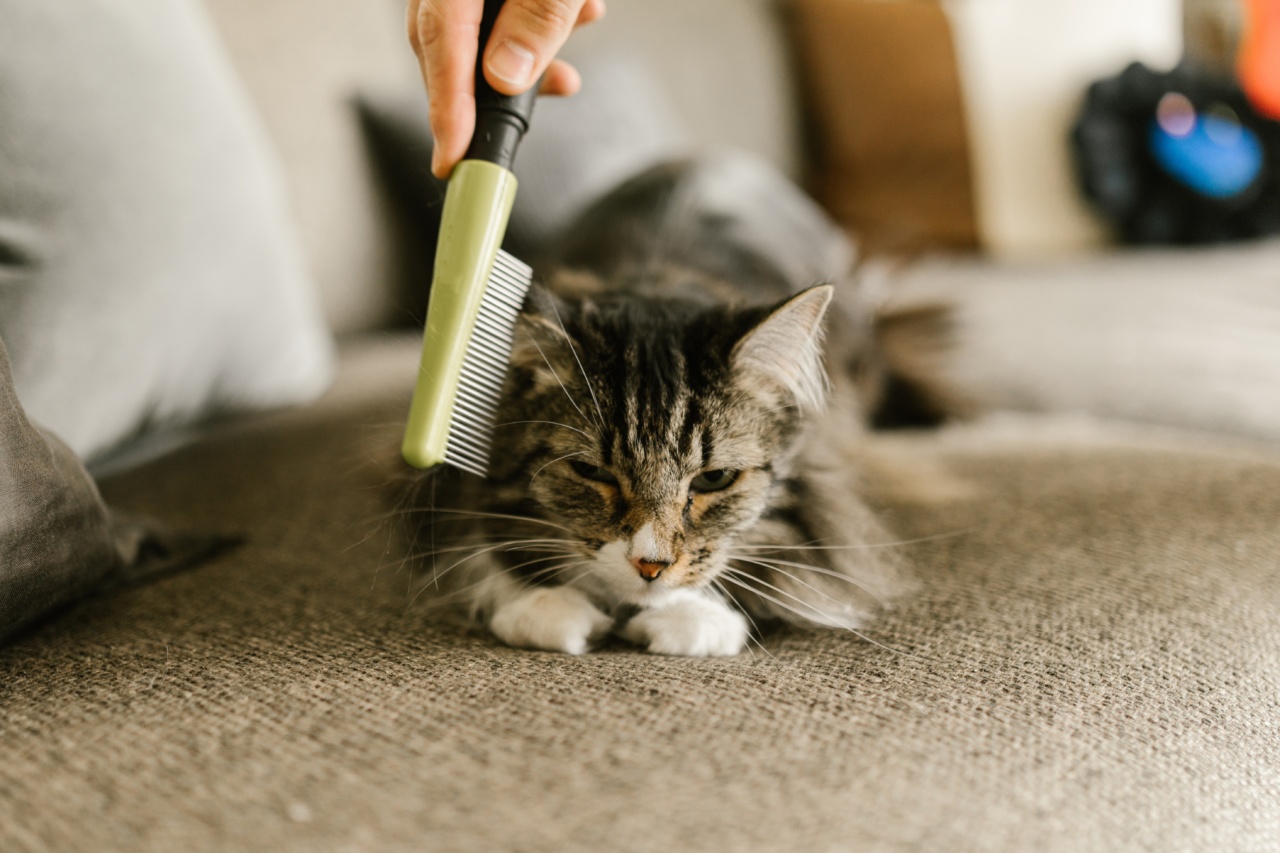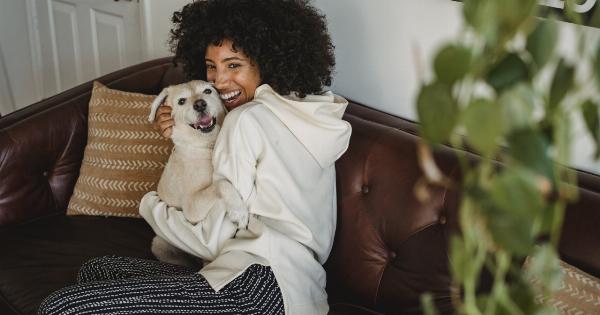Homes that include both dogs and cats can be a source of joy and companionship. However, introducing two different species under the same roof is not always a smooth process.
Dogs and cats have distinct social structures and communication styles, which can often lead to conflicts and misunderstandings. However, with proper preparation and careful management, harmonious cohabitation between dogs and cats is possible. In this article, we will provide successful strategies for creating a peaceful environment for your beloved pets.
Understanding the Differences
Before bringing a new pet into your home, it is crucial to understand the inherent differences between dogs and cats. Dogs are pack animals with a hierarchical social structure, while cats are more solitary creatures with a territorial nature.
Dogs are usually more social and eager to please, while cats tend to be more independent and cautious. Recognizing and respecting these differences will help you provide an environment that meets the needs of both species.
Gradual Introductions
When bringing a new dog or cat into a home with an existing pet, gradual introductions are key. It is essential to prevent overwhelming experiences that can lead to fear or aggression.
Initially, separate the new pet from the other pet(s) by using a baby gate or a closed door. This allows them to see and smell each other without direct contact. Gradually increase their exposure over several days or weeks, depending on their comfort level.
Safe Spaces for Each
Both dogs and cats need their own safe spaces where they can retreat and feel secure. Provide separate areas for each pet, with their beds, toys, and litter boxes or potty pads.
This ensures that they have a space to call their own and reduces the potential for resource guarding or territory disputes.
Positive Associations
Creating positive associations between dogs and cats is crucial for successful cohabitation. Use treats, praise, and rewards to encourage calm and friendly behavior.
Reward both pets when they display appropriate interactions or when they are in the same room without tension. This positive reinforcement helps them associate each other’s presence with positive experiences.
Supervised Interactions
Until you are confident in their ability to interact peacefully, always supervise interactions between your dog and cat. Use leash and harness combinations for dogs to ensure control and prevent chasing or rough play.
Allow them to sniff and investigate each other under your close supervision, rewarding calm behavior. Gradually increase the duration of supervised interactions as trust and harmony develop.
Training and Obedience
Both dogs and cats benefit from basic obedience training. Dogs should respond to commands such as sit, stay, and leave it. Cats can be trained to respond to their names and basic commands like come or stay.
Training strengthens the bond between you and your pets and helps establish rules and boundaries within the household. Consistency is vital for effective training.
Environmental Enrichment
To ensure a harmonious living environment, provide environmental enrichment for both dogs and cats. Dogs need daily exercise, regular walks, and playtime to prevent boredom and excess energy.
Cats require vertical spaces, scratching posts, and interactive toys to satisfy their natural instincts. Provide mental stimulation through puzzle toys and interactive feeders. A well-exercised pet is generally calmer and more adaptable to changes.
Slow Integration for Cats
Cats are particularly sensitive to changes in their environment. When introducing a new cat to your resident cat(s), it is crucial to proceed slowly.
Start by swapping their scents by rubbing a cloth or towel on each cat and placing it near the other’s sleeping area. Gradually increase visual exposure through a cracked door or baby gates. Allow them to eat on opposite sides of the door, associating each other’s presence with positive experiences.
Over time, supervised face-to-face interactions can be introduced, ensuring all cats feel safe and comfortable.
Establishing Routines
Both dogs and cats thrive on routines and predictability. Establish regular feeding times, exercise schedules, and play sessions. Providing a consistent routine helps reduce stress and anxiety for both pets.
They will know what to expect and can anticipate their daily activities, creating a calmer environment for everyone.
Pet Separation when Not Supervised
When you are not able to supervise interactions between your dog and cat, it is essential to separate them to prevent potential conflicts or accidents. Utilize baby gates or separate rooms to ensure each pet has their designated space.
This prevents situations where one pet may feel cornered or overwhelmed.
Seeking Professional Help
If you are experiencing significant difficulties in introducing your dog and cat or if conflicts persist despite your efforts, consider seeking professional help.
Professional trainers or behaviorists can provide guidance and tailored strategies to address specific issues. They can assess the dynamics between your pets and offer valuable advice to ensure the well-being of both.
Conclusion
Successful cohabitation between dogs and cats requires preparation, patience, and understanding of each species’ unique characteristics.
Gradual introductions, positive associations, supervised interactions, training, environmental enrichment, and consistency are crucial elements in establishing a harmonious household. Remember that each pet is an individual and may require different approaches. With love, care, and proper management, your dogs and cats can learn to live in harmony, providing you with countless moments of joy and companionship.






























